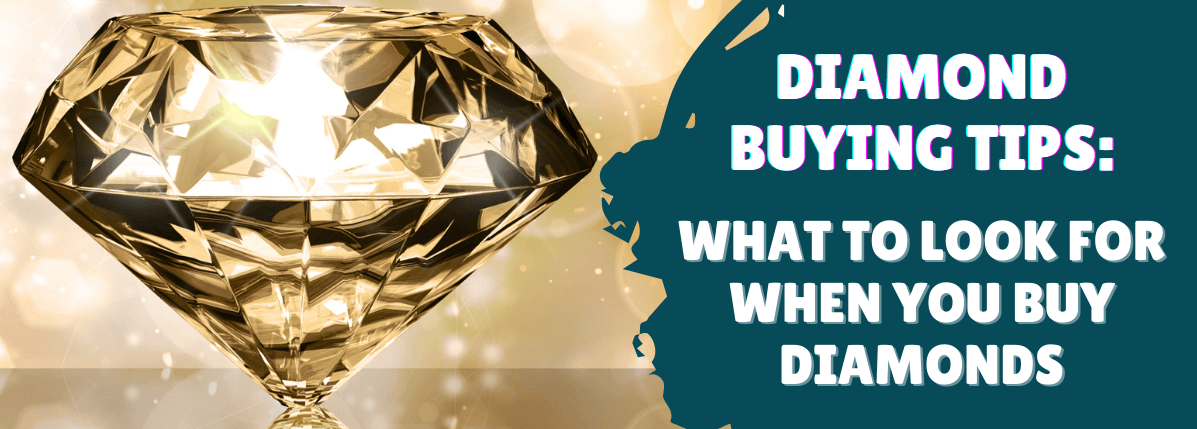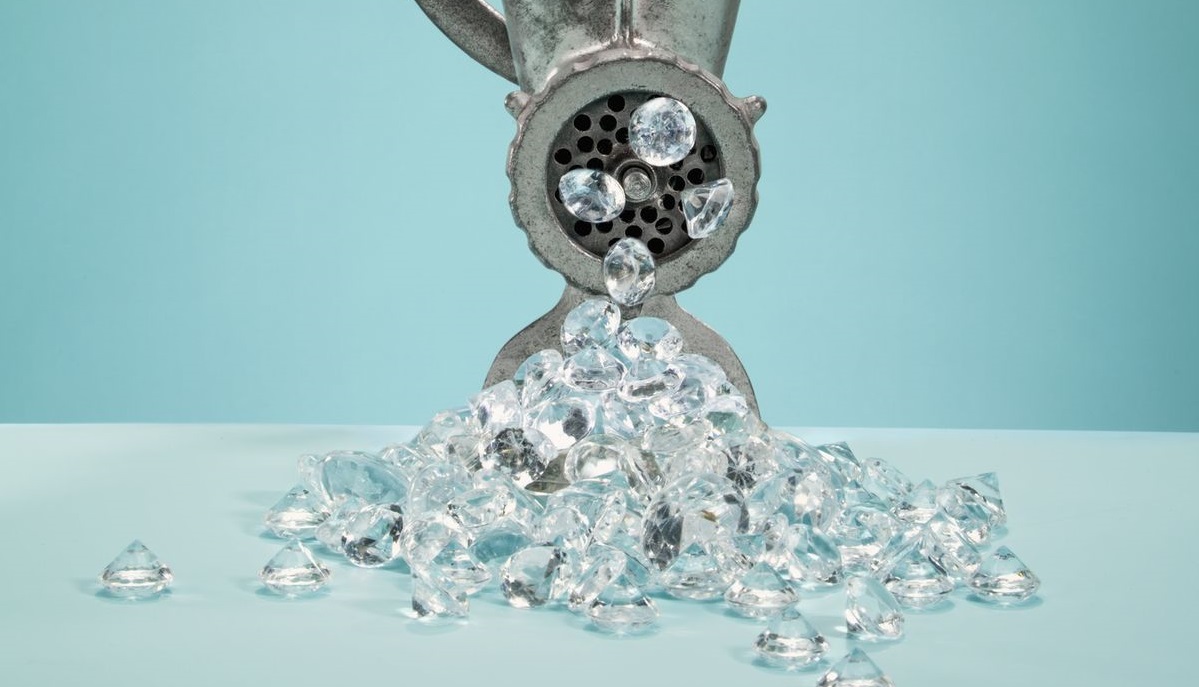Diamonds, with their timeless allure and inherent beauty, are graded based on a multitude of factors, and color is a critical element that significantly influences their value. The Gemological Institute of America (GIA) has devised a comprehensive Diamond Color Scale to assess and categorize diamonds based on their color. In this article, we will delve into the intricacies of understanding GIA’s Diamond Color Scale, explore the distinctions between colored and white diamonds, consider crucial factors when shopping for diamonds, and provide essential buying tips for beginners venturing into the world of these precious gemstones.
Understanding the GIA’s Diamond Color Scale
The GIA Diamond Color Scale ranges from D (colorless) to Z (light yellow or brown). The scale meticulously evaluates the absence or presence of color in a diamond, with D being the highest grade and Z indicating increasing levels of noticeable color. Diamonds graded D through F are considered colorless, while those in the G to J range are classified as near-colorless. As the scale progresses, diamonds exhibit varying degrees of color intensity. You can also check the color grade at yourdiamondteacher.com – Grading Diamond Colour.

The GIA’s Diamond Color Scale: Color vs White Diamonds
Colorless Diamonds (D-F):
- Characteristics: Diamonds in the D-F range are considered colorless, displaying no perceptible color to the naked eye.
- Visual Impact: Colorless diamonds appear pure and white, maximizing the play of light and brilliance. Their lack of color enhances their visual appeal and makes them highly sought after.
- Ideal Uses: D-F color diamonds are ideal for individuals who prioritize a bright, icy appearance. They are popular choices for engagement rings and other pieces where colorlessness is highly valued.
Near-Colorless Diamonds (G-J):
- Characteristics: Diamonds in the G-J range are classified as near-colorless, exhibiting subtle color that is challenging to detect without close examination.
- Visual Impact: Near-colorless diamonds strike a balance between value and quality. While they may display slight warmth when viewed under certain lighting conditions, this is often imperceptible in everyday settings.
- Ideal Uses: G-J color diamonds are suitable for those seeking a balance between quality and affordability. They are versatile and can be set in various metal types, complementing a range of jewelry styles.
Faint to Light Yellow Diamonds (K-M):
- Characteristics: Diamonds in the K-M range may exhibit faint to light yellow tones, with the color becoming more noticeable.
- Visual Impact: While the faint color is discernible, K-M diamonds offer value and can appear nearly colorless when viewed face-up. They may be a practical choice for those prioritizing size or cut quality over color.
- Ideal Uses: K-M color diamonds can be an excellent option for those seeking larger stones without a significant budget increase. They may be set in yellow gold to complement their warmth.
Very Light to Light Yellow Diamonds (N-Z):
- Characteristics: Diamonds in the N-Z range have noticeable yellow or brown hues, and the color becomes increasingly pronounced.
- Visual Impact: N-Z diamonds are chosen for their distinct warmth, and some individuals appreciate the unique character these diamonds bring.
- Ideal Uses: N-Z color diamonds are suitable for those who embrace the warmth of colored diamonds. They may be set in various styles and metal types, catering to individual preferences.
Factors to Consider When Shopping:
Cut Quality: The brilliance and sparkle of a diamond can mask or highlight its color. A well-cut diamond reflects light in a way that minimizes the visibility of color, making cut quality a crucial factor.
Metal Choice: The metal of the setting can impact the perceived color of a diamond. White gold or platinum settings can enhance the appearance of colorless diamonds, while yellow or rose gold may complement diamonds with warmer tones.
Budget: While colorless diamonds (D-F) are highly coveted, near-colorless diamonds (G-J) offer excellent value. Consider your budget and prioritize the factors that matter most to you, whether it be size, color, or clarity.
Personal Preferences: Individual taste plays a crucial role in selecting the desired color grade. Some individuals prefer the brilliance of colorless diamonds, while others may appreciate the character and warmth of diamonds with noticeable hues.
Buying Tips for Beginners:

- Educate Yourself: Familiarize yourself with the GIA Diamond Color Scale to understand the subtle distinctions between grades. This knowledge will empower you to make informed decisions when selecting a diamond.
- Prioritize Cut: A well-cut diamond can mask color imperfections. Focus on the cut quality to maximize brilliance and minimize the visibility of color.
- Consider Diamond Shape: Choose a diamond shape that resonates with your style and preferences. Popular shapes include round, princess, cushion, and emerald. Each shape has its unique characteristics, and personal taste plays a crucial role in the decision-making process.
- Consider Metal Choice: Choose a metal setting that complements your diamond’s color grade. This can impact the overall appearance of the diamond.
- Balance Priorities: Strike a balance between the Four Cs (cut, color, clarity, and carat weight) based on your preferences and budget. Prioritize what matters most to you in a diamond.
- Seek Professional Guidance: When in doubt, consult with a reputable jeweler or gemologist. Their expertise can guide you in making a selection that aligns with your preferences and budget.
- Buy from Reputable Retailers: Choose a reputable and established jeweler or online retailer. Look for stores that provide certification for their diamonds and have a transparent and ethical business reputation.
- Consider Customization: Explore customization options to create a unique and personalized piece. Customizing the setting or choosing a distinctive diamond shape can result in a one-of-a-kind piece of jewelry.
- Take Your Time: Avoid rushing the decision-making process. Take the time to compare options, gather information, and ensure you feel confident and satisfied with your choice.
Conclusion
Embarking on the journey to purchase a diamond can be both exciting and overwhelming, especially for beginners. Understanding the intricacies of the GIA’s Diamond Color Scale, recognizing the distinctions between colored and white diamonds, considering essential factors when shopping, and adhering to buying tips can empower newcomers to make informed and confident choices. As you delve into the world of diamonds, may this guide illuminate your path towards selecting a gemstone that not only captivates the eye but also resonates with your personal style and preferences.…

